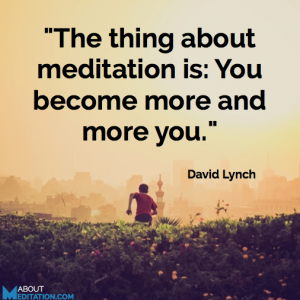News Illusion - Are we learning what we need to know
I've stopped reading newspapers. It's yet an experiment I've been doing on myself.... I still haven't gotten down to stopping the subscription.....and I guess that's because it's a such an instilled habit, that I'm yet to make peace with it. Over the last five months I must have read the paper less than five days, yet I dutifully pick it up every morning, keep it on the coffee table for the day and put it away unopened every evening :)

The few times I actually picked it up, what I've invariably found is that ten minutes with the paper, and there's definitely negativity creeping in. Sure you can stay immune at a personal level, it's not about getting emotionally impacted; but just that scam and terror and rape are not the pleasantest of things to start your day with ( nor end your day too if you ask me). And it's not just about negative, but pretty much purposeless too. And as I'd originally decided, there's no way I've been able to reach Op-Ed (I'm not much into sports) without glancing through other pages.
It also tells me how some habits are just so hard to breach.
People have told me I'm being an ostrich, you know, hiding it's head in the sand to avoid reality kinds. But I don't think so. What really is that piece of disturbing or dramatic information doing to me? And what's worse, it multiplies.....we find that news becomes discussion points. 'Gang rape in Delhi again', I read this as I took the paper off the rack the other day when we were stepping out for a walk early in the morning, and because I was with a friend, we spoke about it. Negativity multiplied. In us and thus in the world.
It's not just journalists sensationalizing stuff....it's even us....news is the easiest topic to make pc (polite conversation) on...especially the ones that scandalize or shock.
So reading this from Rolf Dobelli totally resonated with me.
Earthquake in Sumatra. Plane crash in Russia. Man holds daughter captive in cellar for thirty years. Heidi Klum separates from Seal. Record salaries at Bank of America. Attack in Pakistan. Resignation of Mali’s president. New world record in shot-put.
Do you really need to know all these things?
We are incredibly well informed yet we know incredibly little. Why? Because two centuries ago, we invented a toxic form of knowledge called ‘news’. News is to the mind what sugar is to the body: appetising, easy to digest – and highly destructive in the long run.
Three years ago, I began an experiment. I stopped reading and listening to the news. I cancelled all newspaper and magazine subscriptions. Television and radio were disposed of. I deleted the news apps from my iPhone. I didn’t touch a single free newspaper and deliberately looked the other way when someone on a plane tried to offer me any such reading material. The first weeks were hard. Very hard. I was constantly afraid of missing something. But after a while, I had a new outlook. The result after three years: clearer thoughts, more valuable insights, better decisions, and much more time. And the best thing? I haven’t missed anything important. My social network – not Facebook, the one that exists in the real world consisting of flesh-and-blood friends and acquaintances – works as a news filter and keeps me in the loop.
A dozen reasons exist to give news a wide berth. Here are the top three.
First, our brains react disproportionately to different types of information. Scandalous, shocking, people-based, loud, fast-changing details all stimulate us, whereas abstract, complex and unprocessed information sedates us. News producers capitalise on this. Gripping stories, garish images and sensational ‘facts’ capture our attention. As a result of news consumption, we walk around with a distorted mental map of the risks and threats we actually face.
Second, news is irrelevant. In the past twelve months, you have probably consumed about 10,000 news snippets – perhaps as many as thirty per day. Be very honest: name one of them, just one, that helped you make a better decision – for your life, your career or your business – compared with not having this piece of news. No one I have asked has been able to name more than two useful news stories – out of 10,000. A miserable result.
Third, news is a waste of time. An average human being squanders half a day each week on reading about too much irrelevant stuff..
Kick the habit – completely. Instead, read long background articles and books. Yes, nothing beats books for understanding the world.
At the cost of repetition...... reading and writing what's relevant to you allows for clearer thoughts, more valuable insights and better decision making. Get rid of the clutter and get in things by Choice. Yep, one favourite word for sure :)








































.jpg)
.jpg)


















